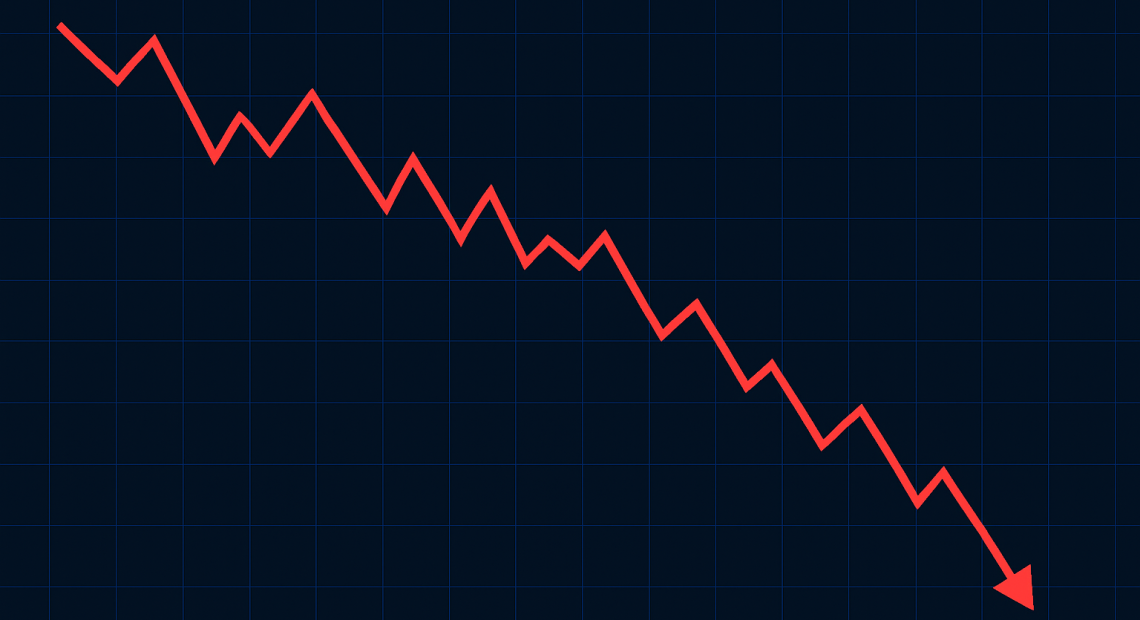
Asian Markets Slide Amid US Inflation Worries
Asian stock markets declined on Wednesday following the release of stronger-than-expected US inflation data, which dampened hopes of an early interest rate cut by the Federal Reserve. Japan’s Nikkei 225 slipped 0.3%, while Hong Kong’s Hang Seng Index also lost 0.3%. Markets in South Korea, Australia, and China saw marginal losses. The US dollar strengthened, particularly against the Japanese yen and other Asian currencies, while Treasury yields climbed to a one-month high, reflecting investor caution.
Indian Markets Open Flat
Indian stock indices opened on a subdued note, tracking mixed global cues. The BSE Sensex and NSE Nifty hovered around previous closing levels in early trade. Auto sector stocks came under pressure after reports suggested Tesla’s imminent entry into the Indian market, raising fears of intensified competition. However, HDFC Bank lent support to the benchmarks, limiting broader losses.
Inflation Eases, But Global Headwinds Persist
On Tuesday, Indian equities staged a modest recovery after four consecutive days of decline. The Sensex rose by 317 points and the Nifty reclaimed the 25,150 mark, aided by June’s retail inflation figure falling to a six-year low of 2.1%. The easing inflation revived expectations of a further rate cut by the Reserve Bank of India, lifting investor sentiment temporarily.
Sector Highlights And Stock Movements
IT stocks extended their weakness as global trade tensions resurfaced. HCL Technologies recorded significant losses, dragging the IT index down. On the other hand, select banking and mid-cap stocks gained ground. HDFC Bank rose on renewed institutional interest, while Tejas Networks fell after posting a disappointing quarterly result.
Market Outlook
Investors are now closely watching upcoming US economic data and Federal Reserve commentary for clues on future interest rate policy. Indian markets will also focus on domestic industrial output numbers, corporate earnings, and signals from the RBI regarding monetary policy adjustments. Global volatility remains a key risk factor in the near term.


















